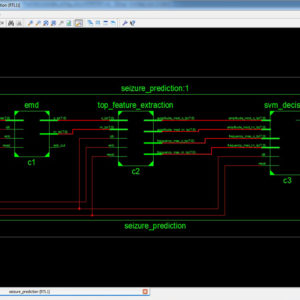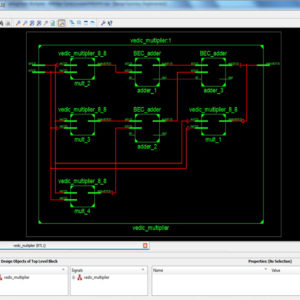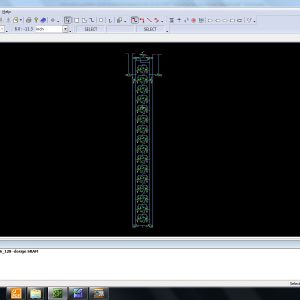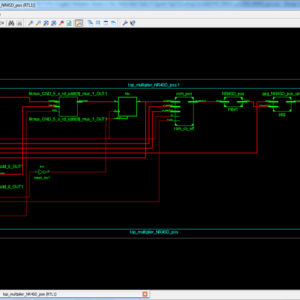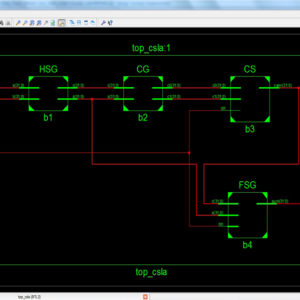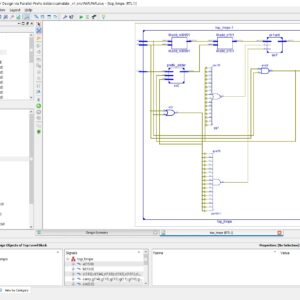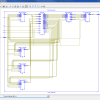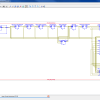Proposed Title :
FPGA Implementation of 128-Bit Two Speed Radix-4 Serial Parallel Booth Multiplier using SQRT Carry Select Adder
Improvement of this Project:
To Design a Two Speed Radix-4 Serial Parallel Booth Multiplier using SQRT Carry select Adder at 4-bit, 8-bit, 16-bit, 32-bit, 64-bit and 128-bit. Finally compared this all the parameters in terms of area, delay and power.
Software implementation:
- Modelsim
- Xilinx 14.2
Proposed System:
In a recent all digital signal processing and machine learning applications will have priority one is multiplication its most important to dictate the area, delay, power and improve overall performance with parallel implementations. In this case these number of multiplication will have number of arithmetic additions and subtractions it will take more logic sizes with critical paths and more power consumptions. Due to resolve this problem here, this proposed work will present optimization of radix-4 multiplication circuits has been extensive using modified booth algorithm with SQRT carry select adder to improve overall performance and reduce logic sizes with critical paths compared to Wallace tree and DADDA Multiplier. Finally this work will present in Verilog HDL, and synthesize in Xilinx FPGA and proved comparisons terms of area, delay and power.
” Thanks for Visit this project Pages – Buy It Soon “
A Two-Speed, Radix-4, Serial–Parallel Multiplier (Booth Multiplier )
“Buy VLSI Projects On On-Line”
Terms & Conditions:
- Customer are advice to watch the project video file output, before the payment to test the requirement, correction will be applicable.
- After payment, if any correction in the Project is accepted, but requirement changes is applicable with updated charges based upon the requirement.
- After payment the student having doubts, correction, software error, hardware errors, coding doubts are accepted.
- Online support will not be given more than 3 times.
- On first time explanations we can provide completely with video file support, other 2 we can provide doubt clarifications only.
- If any Issue on Software license / System Error we can support and rectify that within end of the day.
- Extra Charges For duplicate bill copy. Bill must be paid in full, No part payment will be accepted.
- After payment, to must send the payment receipt to our email id.
- Powered by NXFEE INNOVATION, Pondicherry.
Payment Method :
- Pay Add to Cart Method on this Page
- Deposit Cash/Cheque on our a/c.
- Pay Google Pay/Phone Pay : +91 9789443203
- Send Cheque through courier
- Visit our office directly
- Pay using Paypal : Click here to get NXFEE-PayPal link
Bank Accounts
HDFC BANK ACCOUNT:
- NXFEE INNOVATION,
HDFC BANK, MAIN BRANCH, PONDICHERRY-605004.
INDIA,
ACC NO. 50200013195971,
IFSC CODE: HDFC0000407.


